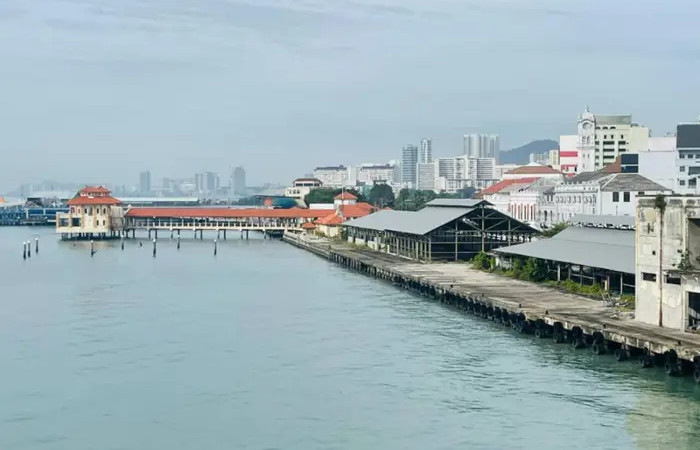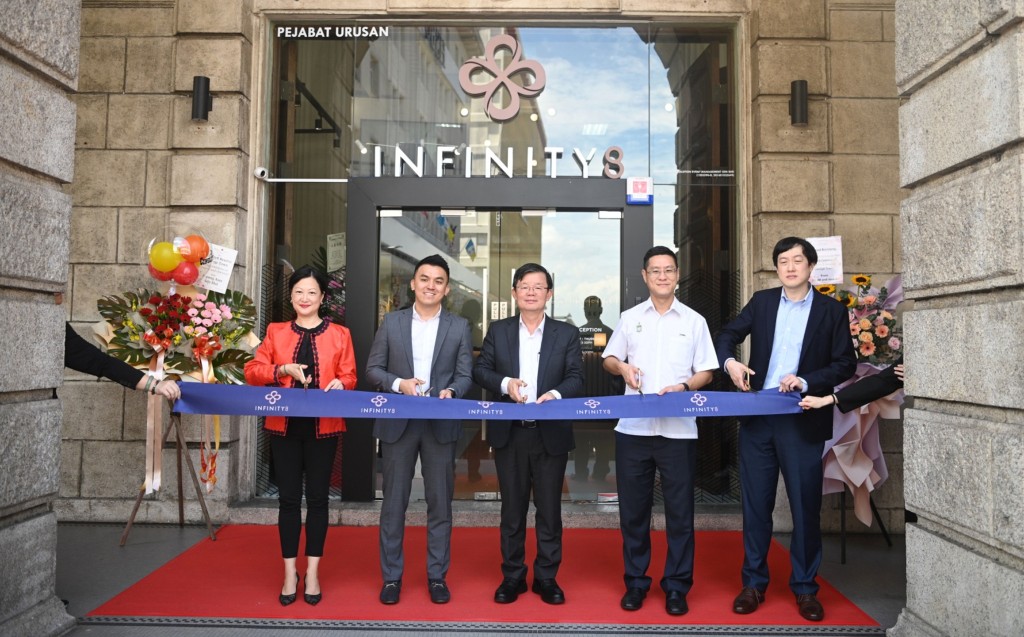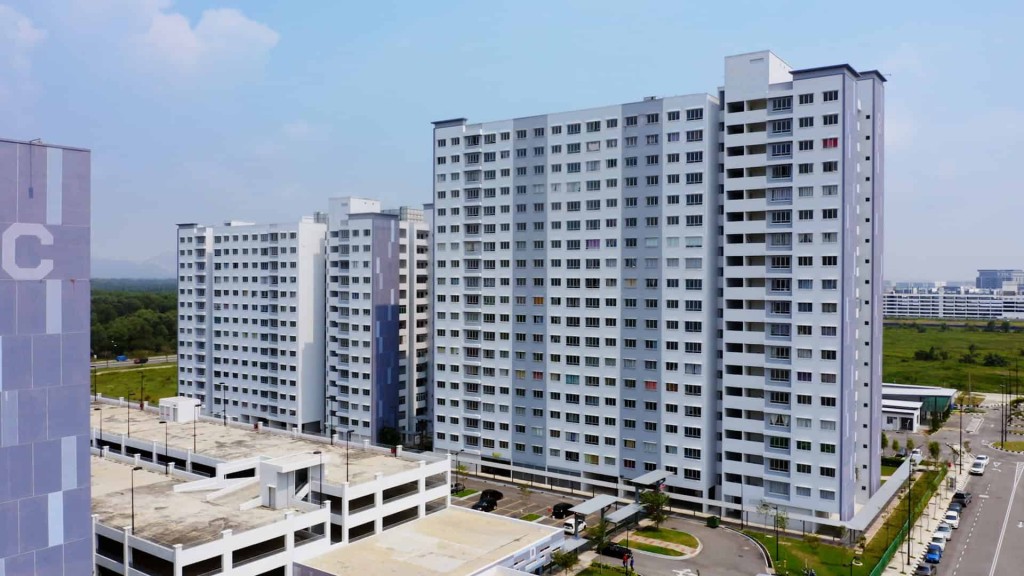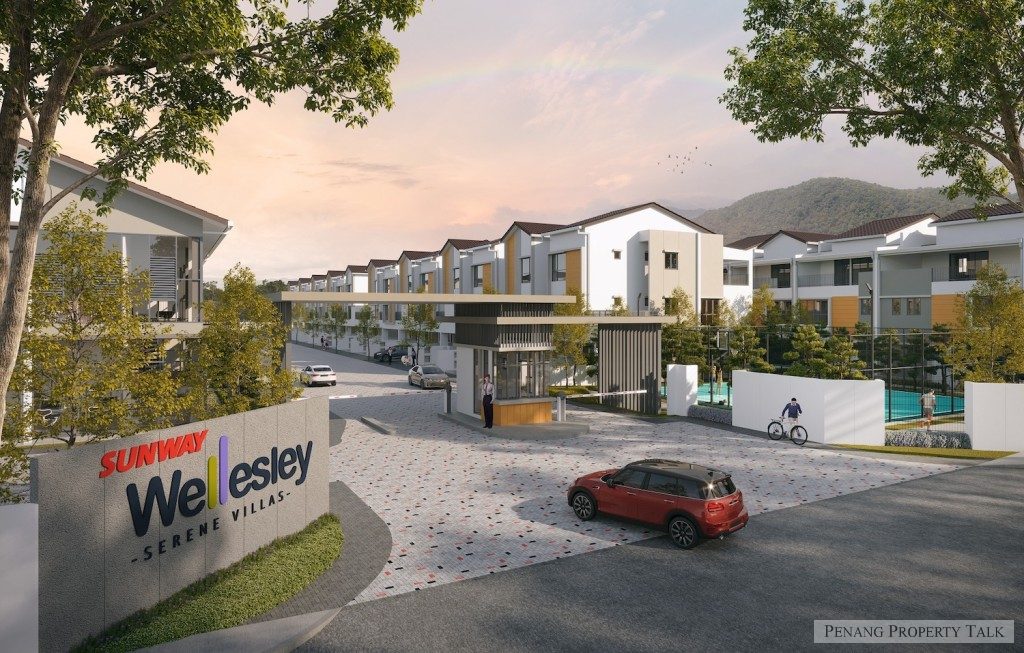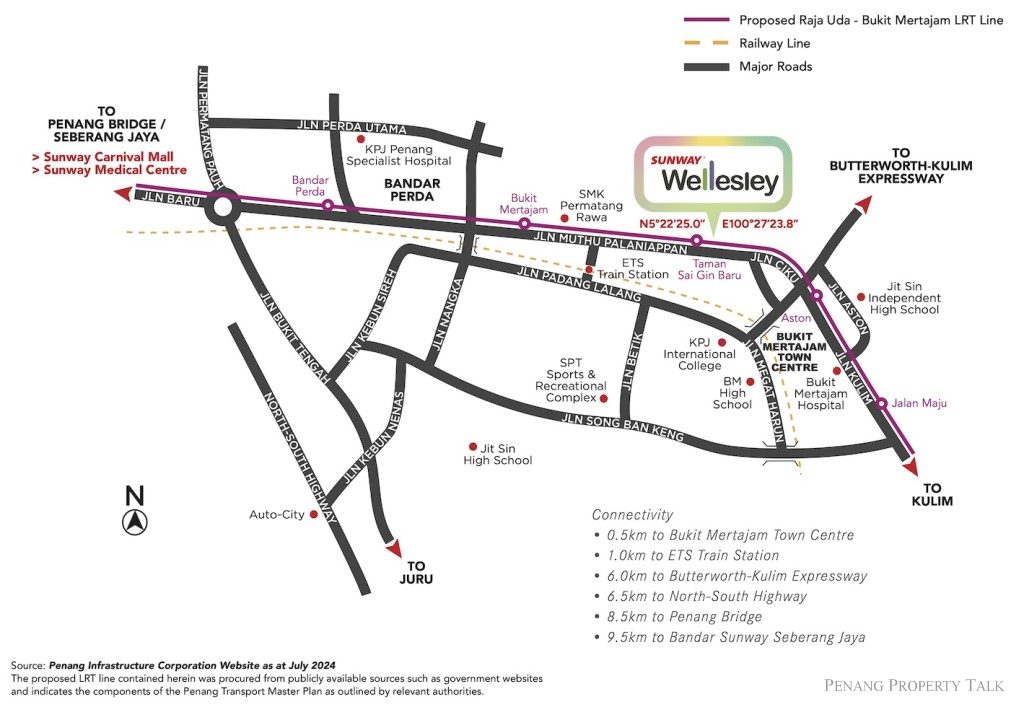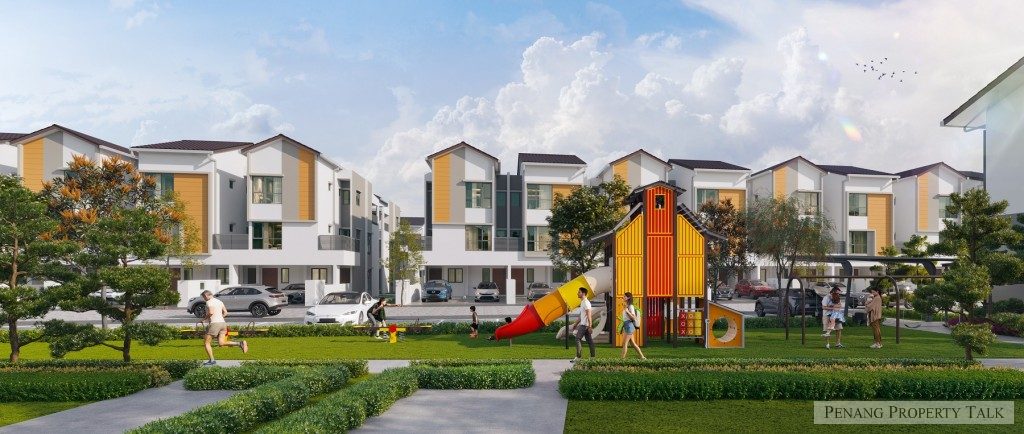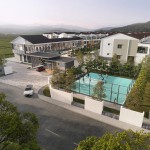1926 Heritage Hotel Penang to reopen in 2026 after RM20 million facelift
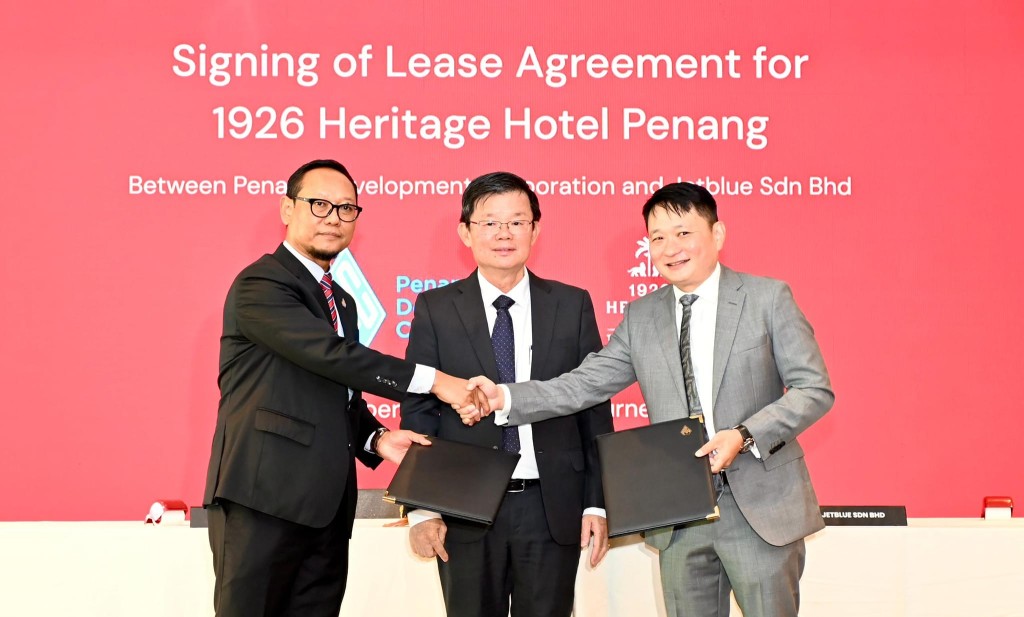
The historic 1926 Heritage Hotel Penang, located on Burma Road, is set to reopen in 2026, coinciding with its 100th anniversary. This reopening follows a significant RM20 million refurbishment project, initiated by Jetblue Sdn Bhd in collaboration with The Ascott Limited, and marks the revival of a key heritage landmark in Penang.
Jetblue Sdn Bhd recently signed a 15-year lease agreement with the Penang Development Corporation (PDC), the property owner, with an option for a 15-year extension. The Penang Chief Minister, Chow Kon Yeow, who is also the chairman of PDC, emphasized the importance of this project in enhancing Penang’s appeal as a premier tourism destination. Chow noted, “The original structure of the heritage building will be maintained, with only the interiors being upgraded and refurbished, while preserving the exterior’s heritage features.”
The hotel, which has been vacant since 2020, was originally built in 1926 as 24 linked houses in an Anglo-Malay architectural style. These houses once served as quarters for British immigration officers and local administrators. Over time, the property was converted into a hotel with 96 rooms. However, the upcoming renovation will see some smaller rooms combined, resulting in a total of 78 rooms upon reopening.
The refurbishment is set to breathe new life into the 100-year-old structure, maintaining its historical significance while introducing modern amenities. Jetblue Sdn Bhd has invested heavily in the project, with The Ascott Limited, a Singapore-based company, taking on the management of the hotel. The 1926 Heritage Hotel will become part of Ascott’s The Unlimited Collection brand, ensuring a blend of luxury and heritage.
PDC’s call for a request for proposal (RFP) attracted several applicants, with Jetblue being selected to spearhead this landmark project. The goal is to reopen the hotel in time for its centennial celebration in 2026, transforming it into an iconic symbol of Penang’s rich history and vibrant tourism sector.
This project not only preserves a key piece of Penang’s architectural heritage but also contributes to the state’s economic development by enhancing its tourism offerings. With nearly seven million tourist arrivals in 2023, the 1926 Heritage Hotel Penang is poised to further boost the state’s economy and become a source of pride for Penang and its people.

